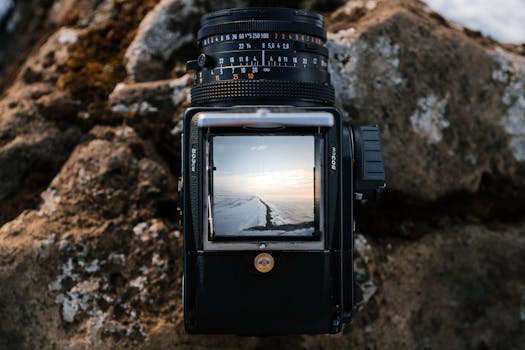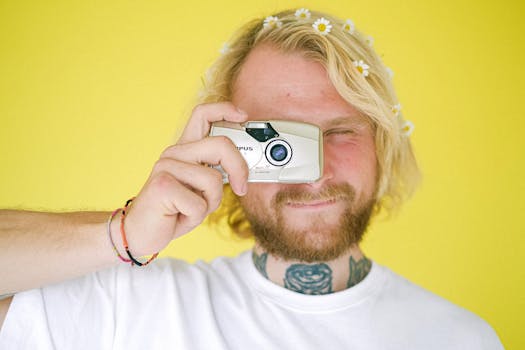Takeaways

The Evolution of Digital Cameras

The Birth of Digital Photography
Digital photography began in the late 20th century, with the introduction of the first digital cameras. These early models were far from perfect, often producing images with lower quality than traditional film cameras. However, they paved the way for the digital revolution, making photography more accessible to the masses.
The Rise of DSLRs
As technology advanced, Digital Single-Lens Reflex (DSLR) cameras became the standard for professional photographers. With interchangeable lenses and advanced manual controls, DSLRs offered superior image quality and versatility. Brands like Canon and Nikon dominated this space, leading to a boom in photography enthusiasts.
The Shift to Mirrorless Cameras
In recent years, mirrorless cameras have surged in popularity, offering many advantages over DSLRs, including lighter weight, compact design, and faster autofocus systems. This section will discuss the features and benefits of mirrorless cameras, as well as their growing presence in both amateur and professional photography.
Top Digital Cameras of 2023

Canon EOS R6 Mark II
The Canon EOS R6 Mark II is a powerhouse of a camera, offering impressive low-light performance, rapid autofocus, and 20 frames per second continuous shooting. With its full-frame sensor and 24.2 megapixels, this camera is perfect for both stills and video, making it a versatile choice for professionals.
Nikon Z9
Nikon’s Z9 is the brand’s flagship mirrorless camera, featuring a 45.7-megapixel sensor and advanced video capabilities, including 8K recording. Its robust build quality and extensive autofocus system make it an excellent option for sports and wildlife photographers.
Sony A7 IV
The Sony A7 IV has quickly become a favorite among hybrid shooters, offering a fantastic blend of stills and video capabilities. With a 33-megapixel sensor and advanced video features, it caters to content creators looking for a versatile tool.
Choosing the Right Digital Camera for Your Needs

Understanding Your Photography Style
Before making a purchase, it’s essential to identify your photography style. Are you a landscape photographer, portrait artist, or street photography enthusiast? Understanding your niche will help narrow down your options and ensure you choose a camera that suits your specific requirements.
Key Features to Consider
When evaluating digital cameras, several key features should be on your radar. These include sensor size, megapixel count, lens compatibility, and video capabilities. This section will break down each feature and explain how it impacts your photography.
Budgeting for Your Camera Purchase
Digital cameras can vary significantly in price, from budget-friendly point-and-shoots to high-end professional models. It’s crucial to set a budget and stick to it while considering the value offered by each camera.
FAQs About Digital Cameras

What is the difference between DSLR and mirrorless cameras?
DSLRs use a mirror mechanism to reflect light into an optical viewfinder, while mirrorless cameras have an electronic viewfinder and do not contain a mirror. Mirrorless cameras are generally lighter and more compact.
How many megapixels do I need in a camera?
While higher megapixels can lead to more detailed images, the ideal number depends on your intended use. For most photography, 16-24 megapixels are sufficient, but if you plan to print large images or crop extensively, consider models with 30+ megapixels.
Is video quality important in a digital camera?
For many content creators, video quality is a crucial factor. Look for cameras that offer 4K recording capabilities and consider frame rates, bit rates, and other video features that may enhance your projects.
Conclusion



